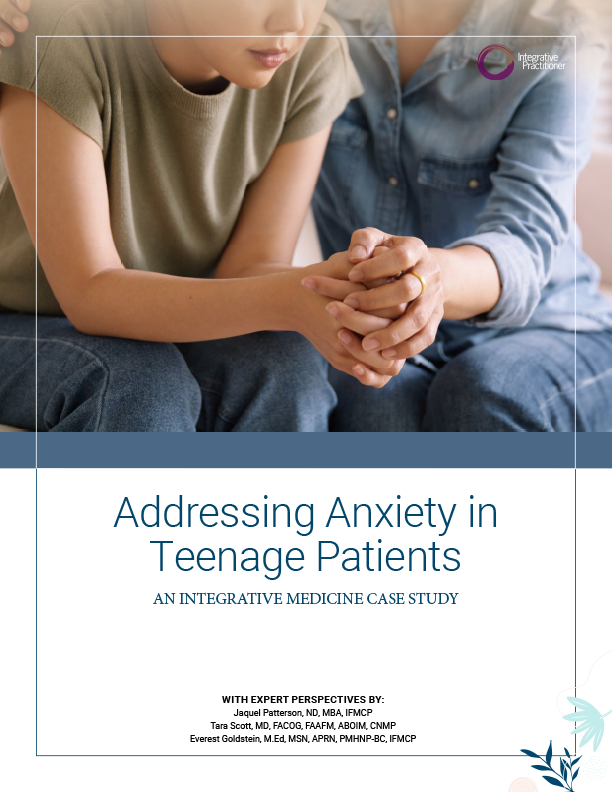CDC’s updated Clinical Practice Guideline for Prescribing Opioids open for public comment
Photo Cred: Cottonbro/Pexels
By Liz Gold
The National Center for Injury Prevention and Control (NCIPC) is in the process of updating the Centers for Disease Control and Prevention (CDC) 2016 Guideline for Prescribing Opioids for Chronic Pain.
The purpose of the guideline is to support clinicians and patients to work together to create and maintain safe, consistent, and effective personal treatment plans.
Since 2016, new evidence has emerged including benefits and harms of opioids for acute and chronic pain; comparison with nonopioid pain treatments; and opioid tapering and discontinuation, according to the CDC. After obtaining feedback from patients, caregivers, clinicians, and the public, the CDC has developed an updated draft of the guideline and is now seeking public comment until April 11.
According to the CDC, the key themes driving the update are the need for patients and clinicians to make shared decisions; the impact of misapplication of the 2016 guideline; inconsistent access to effective pain management solutions; and achieving reduced opioid use through diverse approaches.
Through its research, the CDC funded five systematic reviews and found several noninvasive, nonpharmacologic treatments are associated with sustained improvements in pain and/or function. In addition, the agency found limited evidence on the long-term effectiveness of opioids.
Targeting primary care physicians, the purpose of the updated guideline is to provide recommendations for clinicians who are prescribing opioids for outpatients older than 18 years of age; experiencing acute or subacute pain; and chronic pain. The updated guideline does not apply to sickle cell disease-related pain management, cancer pain treatment, palliative care, and end-of-life care.
The expanded guidance now includes updated information on benefits and risks of nonpharmacologic, nonopioid pharmacologic, and opioid therapies for chronic pain; opioid tapering; and pain management for patients already receiving opioids long-term.
The guideline is not a law nor does it serve as a set of regulations. It only provides guidance and does not replace clinical judgement and individualized decision-making.
“This comment period provides another critical opportunity for diverse audiences to offer their perspective on the draft clinical practice guideline,” said Christopher Jones, PharmD, DrPH, MPH, acting director for the NCIPC in a statement. “We want to hear many voices from the public, including people living with pain and the healthcare providers who help their patients manage pain. The ultimate goal of this clinical practice guideline is to help people set and achieve their personal goals to reduce their pain and improve their function and quality of life. Getting feedback from the public is essential to achieving this goal.”
















